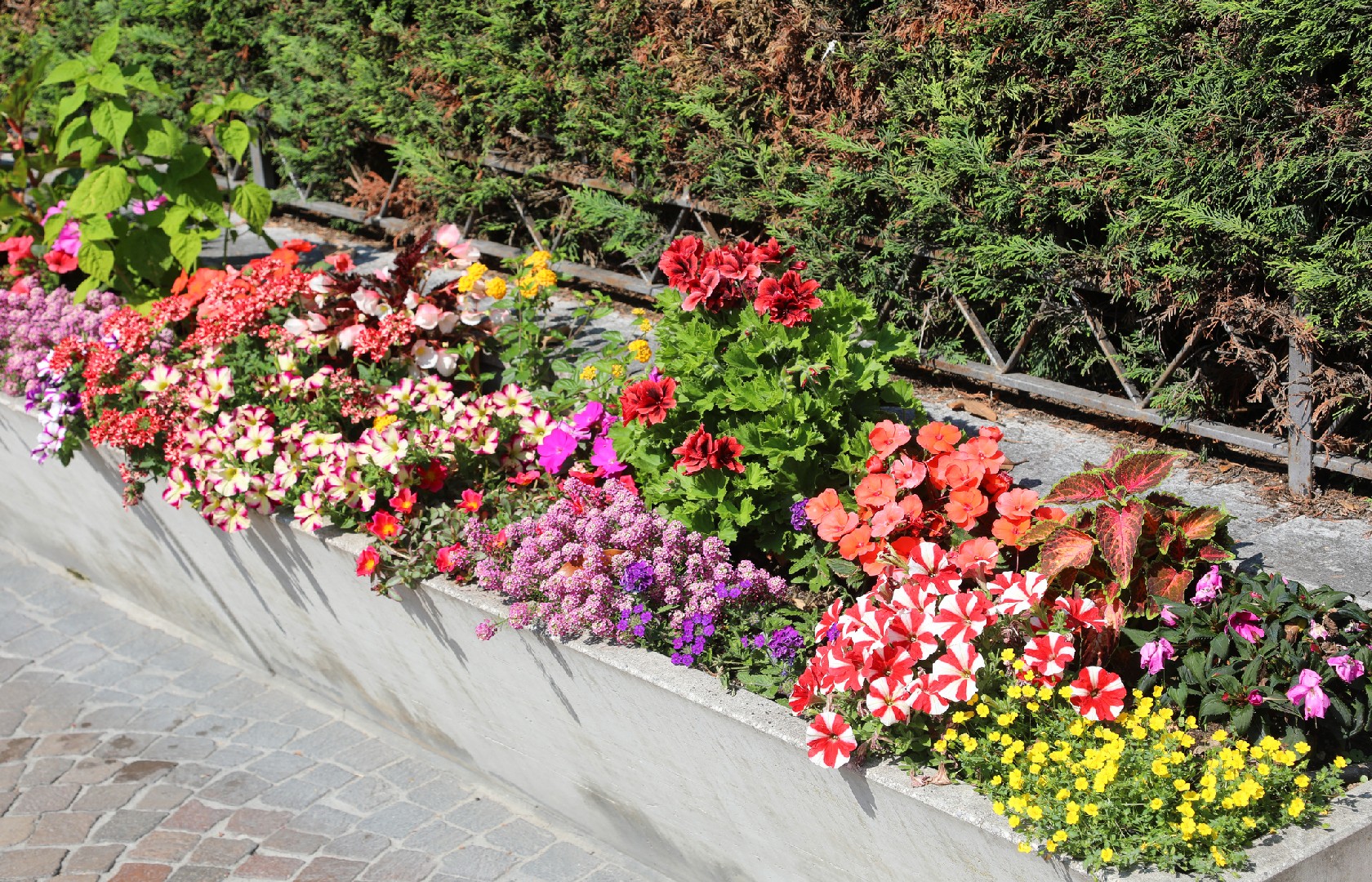![Rectangle]()
Mastering Layering: A Basic Overview
Layering is a fundamental concept in flower bed design that can elevate your garden to new heights. It involves creating visually pleasing arrangements by strategically placing plants of different heights, colors, and textures in your flower bed. By mastering the art of layering, you can create stunning depth and interest that will captivate anyone who lays eyes on your garden.
One of the key reasons why layering is important in flower bed design is because it adds depth to your garden. When you have plants of varying heights and sizes, it creates a three-dimensional effect that is visually appealing. Imagine a garden with only plants of the same height and color - it would look flat and monotone. But when you incorporate layering, it adds layers of visual interest, making your garden come alive.
Layering also allows you to create a dynamic, assorted look, especially in larger flower beds. By carefully selecting plants with varying colors and textures, you can create a harmonious blend of contrasting elements. For example, you can pair vibrant red flowers with delicate white blooms, or combine spiky grasses with soft, trailing vines. This juxtaposition of different plants adds excitement and intrigue to your flower bed design.
To master layering in your flower bed, start by considering the height and growth habit of each plant. Place taller plants towards the back of the bed and shorter plants towards the front to create a sense of depth. Mixing plants of different textures, such as feathery foliage with broad leaves, adds visual interest. Additionally, choose plants that bloom at different times of the year to ensure that your flower bed looks vibrant throughout the seasons.
Another technique you can use to enhance layering is to incorporate vertical elements into your flower bed design. This can be done by adding trellises, arbors, or tall sculptures that provide structure and height. Climbing plants can be trained to grow up these vertical elements, creating an additional layer of dimension in your garden.
In conclusion, mastering layering in your flower bed design is an essential skill that can transform your garden into a work of art. By strategically placing plants of different heights, colors, and textures, you can create stunning depth and visual interest. Remember to consider the height and growth habit of each plant, mix different textures, and incorporate vertical elements to add layers of dimension. With these techniques, you will be able to create a dynamic, captivating flower bed that will be the envy of all your neighbors. So go ahead, unleash your creativity and start mastering the art of layering in your garden today!





